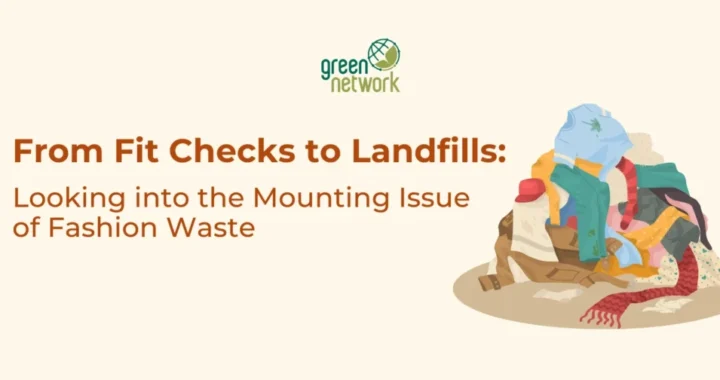Public Policy Instruments to Respond to the Global Pandemic Threats

Photo by Victor He on Unsplash.
Climate change and the COVID-19 pandemic are the most pressing issues in the world today. They affect food security, public health, poverty, and other sustainable development issues in the short-term and long-term. At their roots, climate change and global pandemics are connected.
According to Harvard T.H Chan, climate change is highly influencing infection risks. For instance, global warming and deforestation lead animals to transmigrate. Then, they might come into contact with other animals and people and have the opportunity to share germs and pathogens. Therefore, climate change is not only about biodiversity loss; but also a public health threat, especially on infectious disease.
Air Pollution and the COVID-19 Pandemic
Researchers have discovered that air pollution is affecting the COVID-19 pandemic’s mortality. Data from several researchers from several countries shows how air pollution has been worsening COVID-19 pandemic.
- China: Research shows how air pollution and the COVID-19 cases are connected in 120 cities in China. Additionally, places with the higher levels of nitrogen dioxide pollution in the five years before the pandemic had 22% more COVID-19 cases.
- Sweden: Short-term air pollution in Sweden affected the risk of the COVID-19 pandemic infection, in which 425 productive groups were infected.
- Italy, Spain, France, and Germany: Five regions in Italy and Spain contributed to 78% of fatality cases in these countries. These regions have the highest nitrogen dioxide pollution.
- US: In Los Angeles County with its high level of traffic, nitrogen dioxide exposure contributes to the mortality rate of the COVID-19 cases.
Public Policy Instruments
As the planet keeps heating up, we get more vulnerable to infectious diseases and global pandemics. Armed with additional knowledge from the COVID-19 pandemic, we should get ready to face the next public health threats. Here are some key public policy instruments that may help us respond to these threats better according to the UNDP and the European Commission:
- A regulation system allows multi-stakeholders to collaborate and provide the frameworks for climate and public health justice.
- A fiscal policy that provides public financing to support technology and infrastructure that can predict climate-sensitive infectious disease.
- A behavioral approach which encourages public participation in climate change prevention in public health campaigns.
Understanding the link between climate change and global pandemics might give us an edge to tackle public health issues better. The health and wellbeing of everyone is a global issue that needs the participation of all of us across national borders, stakeholders, and sectors.
Editor: Nazalea Kusuma
Nor Anisa
Anisa is a Reporter at Green Network Asia. She graduated from Mulawarman University with a bachelor's degree in International Relations. She is a part of the YSEALI Academic Fellowship on Environmental Issues and Natural Resources Management at East West Center.

 Test Custom Feature Image
Test Custom Feature Image  Electric Vehicles Roam the Roads of Kenya
Electric Vehicles Roam the Roads of Kenya  FedEx Engages Employees with Beach Clean-Up Initiative
FedEx Engages Employees with Beach Clean-Up Initiative  Come Back Stronger: Building Philippines’ Resilient Economy Post-COVID-19
Come Back Stronger: Building Philippines’ Resilient Economy Post-COVID-19  Inside Experian’s Sustainability Journey: An Interview with Chief Sustainability Officer Abigail Lovell
Inside Experian’s Sustainability Journey: An Interview with Chief Sustainability Officer Abigail Lovell  5 Food System Actors That Have Taken the 123 Pledge to Reduce Food Loss & Waste
5 Food System Actors That Have Taken the 123 Pledge to Reduce Food Loss & Waste  Test premium post
Test premium post